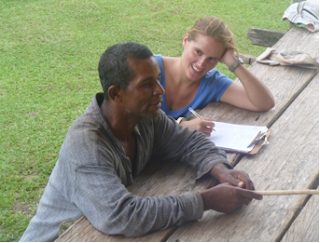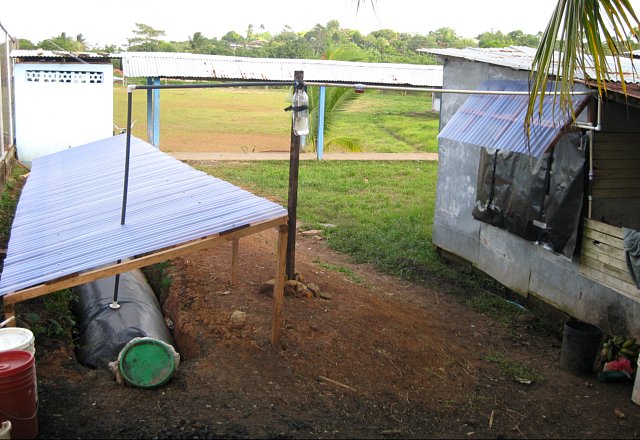Midland is a unique treasure. This boarding school for grades 9-12 immerses students in the real world, where they work the land, they build with their hands, and they even build fires to heat their showers. The school was founded on the principle of self-reliance, and teaches students to discern the difference between their needs and wants. It was an incredible group of students to work with.
Mathias Craig, a Midland graduate, Christian Casillas and myself, who had taught a workshop at Midland last year, were delighted to be invited back. All of us have experience building wind turbines with blueEnergy in Nicaragua, and were thrilled to be able to pass on the knowledge to a group of interested youth. We packed up the car in Berkeley with boards of Douglass Fir, coils of copper wire, extremely powerful magnets, and an arsenal of woodworking tools.
When we arrived, the students began a three day immersion into the world of small scale wind turbines. We began with an introductory discussion to explain the parts of a wind turbine, how it generates power, and how it is designed. We were fortunate to be joined by Jamie Seborer, Mathias’sclassmate, who helped photograph the workshop.
In the workshop is where the real fun began. Students honed their skills on scrap boards using tools such as the drawknife, hammer and chisel, plane, grater, and file. Midland students in small teams were excited to get started. They measured and chiseled away at their boards, carving what would be fine wind turbine blades out of big blocks of wood.
During the workshop students also learned about the electrical generation components of the wind turbine. We coiled copper wire and soldered the coils together to make a three phase generating stator. We learned how to arrange magnets on the rotor that would cause electric current to flow in the copper coils when the wind turbine spins. Once we’d assembled the various components, the students did a great job of presenting what they worked on and how all the parts function together.
 |
| Andreas and the coil winding team |
The faculty and students of The Midland School were an amazing group of people with whom to spend a few days, and for the three of us coming from the Bay Area, it was a special treat to be out on the farm. Led by a student, the three of us ventured up Midland’s famous Grass Mountain for an early hike on our last day before the drive home.
The workshop was an all-around success and I think Midland, and blueEnergy alike, are looking forward to another one next year.
You can see pictures from the workshop here (courtesy of Jamie Seborer).










